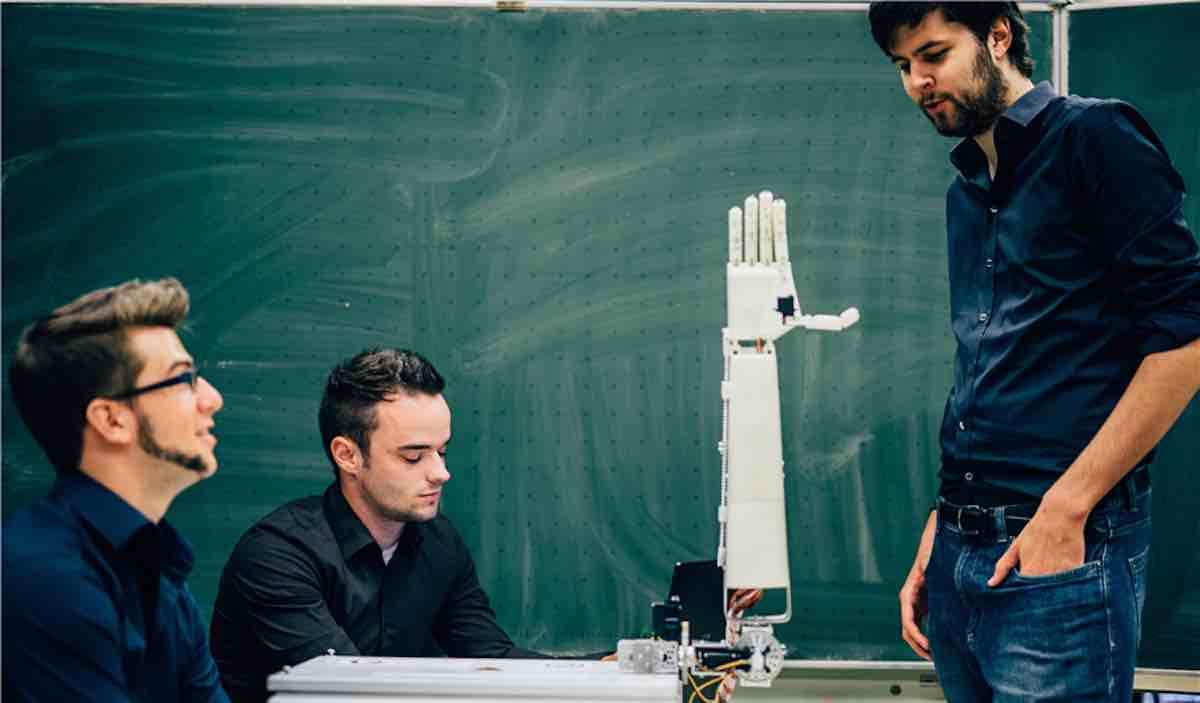Expandable Kids Clothing Will Save You Money and Help the Planet
This design is a finalist for the 2017 Dyson Awards and it won't just save parents money – it will also stop baby clothing from ending up in landfills.

These engineering students noticed a significant shortage of sign language interpreters in the world – which is why they created a robotic arm to lend a hand.
"Project Aslan" is a user-friendly and low-cost humanoid robot that translates speech into sign language.
Aslan, which is an acronym for "Antwerp's Sign Language Actuating Node" was designed by three students at the University of Antwerp who wanted to "to reduce the communication barrier between the hearing and the deaf community."
"Because of his innovative design, Aslan stays affordable, without losing durability," says the students. "The use of 3D-printing technology makes it possible to cut the production costs, as well as carrying out modifications or repairs when necessary."
Robotics teacher Erwin Smet says: "A deaf person who needs to appear in court, a deaf person following a lesson in a classroom somewhere. These are all circumstances where a deaf person needs a sign language interpreter, but where often such an interpreter is not readily available. This is where a low-cost option, like Aslan can offer a solution."
Since the parts are all 3D-printed, Project Aslan can be manufactured and assembled in over 140 countries that have access to the technology.
The team is currently working on creating a second robotic arm to work with the first, as well as an expressive face that can help convey meaning. Additionally, the students are exploring the possibilities of connecting a webcam to Project Aslan so users can teach the robot new signs.
Once the project is finished, they plan on making the designs open-source for everyone.
(WATCH the device in action below)
Pass On The Positive Signs: Click To Share With Your Friends (Photo by University of Antwerp)
Be the first to comment